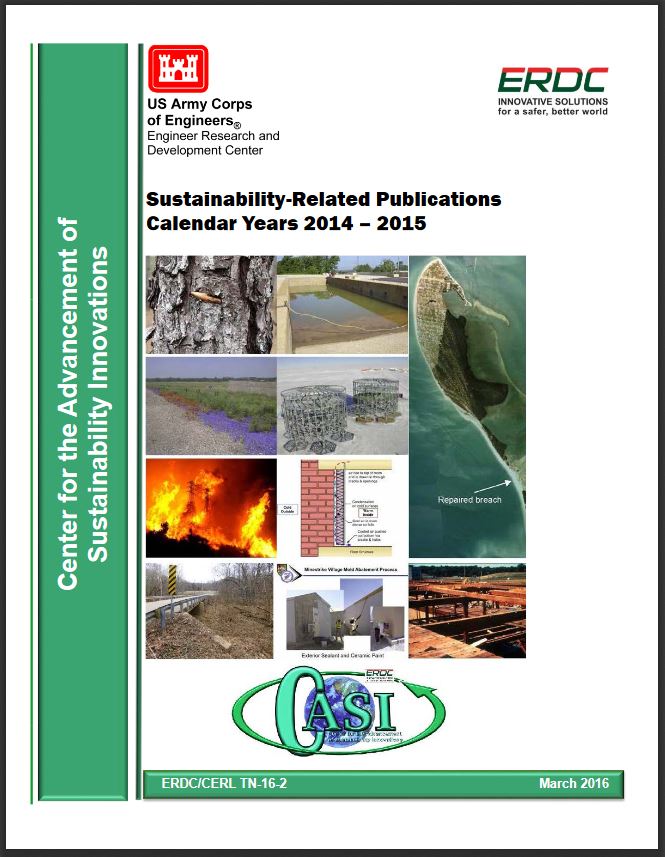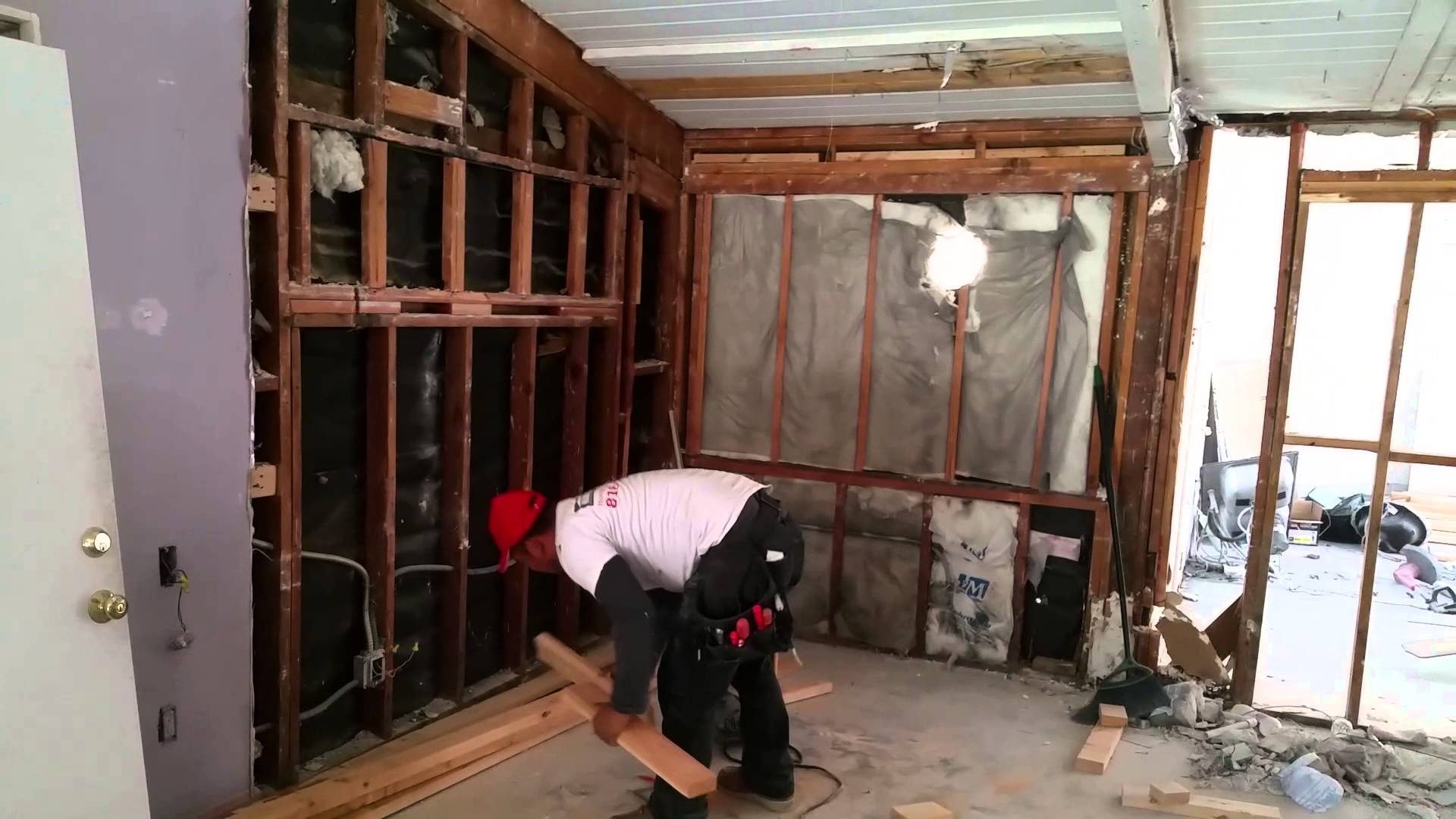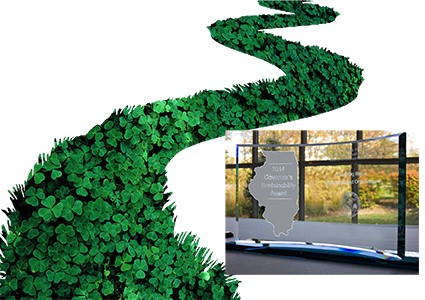 Even though metrics are not required for your Illinois Governor’s Sustainability Award application, it is still a very good idea to add them to your application. By adding metrics to your application, it allows for application evaluators to truly see the quantitative or qualitative impact that your organization, program or technology have achieved.
Even though metrics are not required for your Illinois Governor’s Sustainability Award application, it is still a very good idea to add them to your application. By adding metrics to your application, it allows for application evaluators to truly see the quantitative or qualitative impact that your organization, program or technology have achieved.
Without an understanding of resource use before starting a project, how can you truly understand its impact on your bottom line and resource reduction? A major key to understanding project or program impact is to create a baseline for your project, program or initiative. By creating a baseline, you are creating a road map to tracking the success of an initiative and seeing what resource use looks like before implementing a new program, technology, initiative, or strategy. This is important to tracking the success of your initiatives and can even help when asking for more money or resources for future environmental projects or initiatives.
There are many different types of tools and calculators that can be used to help create an annual baseline, such as ENERGY STAR Portfolio Manager (tracks energy and water). However, entering use data in a simple Excel spreadsheet can also yield a baseline. Important resources to baseline in your organization or business are energy and water use, waste, chemical use, and purchasing. If you have a fleet, fuel use might also be a good metric to track.
Before you start your project, choose an evaluation timeline – how long are you going to track metrics to see if your project was successful? What information would you need to collect? Remember to keep it simple and hone in on exactly what few metrics will show reduction in resource use. Throughout the duration of the project, continue to track those metrics, even after the initiative or project has been implemented. Then, take time to analyze the data and see if a change has been made in the resources used.
Metrics don’t always need to be quantitative – especially if you are tracking impact of outreach or effect of a program on a particular group of people. Data such as number of people reached with information, or number of people participating in the program can be valuable as well. If you’re working with a group of people, get testimonials on impact of the program in their organization or everyday life. Ask whether the initiative, project or program will or has already affected their future success, or if connections outside of the project, program or initiative were made that otherwise would not have occurred outside of the initiative or project.
The Sample Application section of the website can give you an idea of how to enter in data and metrics into the spreadsheet and talk to your team about what per-unit measures you might use in your application. If you have further questions,
Remember, applications are due May 20. Start your application now!
 Walgreens has started a medicine take back program at select Walgreens in Illinois. If all goes well, they will be expanding the program to other states later this year. A full list of take-back locations and more details about the program can be found in their press release.
Walgreens has started a medicine take back program at select Walgreens in Illinois. If all goes well, they will be expanding the program to other states later this year. A full list of take-back locations and more details about the program can be found in their press release.

 CASI recently released a document discussing 2014 and 2015 publications related to sustainability (
CASI recently released a document discussing 2014 and 2015 publications related to sustainability ( Summer and Renovations are like two peas in a pod, birds of a feather, or peanut butter and jelly. They just seem to go together. Let’s take a look at a few sustainable options for home renovations.
Summer and Renovations are like two peas in a pod, birds of a feather, or peanut butter and jelly. They just seem to go together. Let’s take a look at a few sustainable options for home renovations. Many people are now aware that they shouldn’t flush unwanted drugs down the toilet because those chemicals end up in waterways and pollute the environment. So what is the correct way to dispose of unwanted medicine?
Many people are now aware that they shouldn’t flush unwanted drugs down the toilet because those chemicals end up in waterways and pollute the environment. So what is the correct way to dispose of unwanted medicine? The U.S. EPA recommends that unwanted drugs including prescriptions, over-the-counter, and pet medicines be disposed of though a one-day or permanent take-back program. These take-back programs are typically at local police stations or pharmacies. If and only if it is absolutely not feasible to take the unwanted drugs to a collection site, then the medicines should be mixed with kitty litter or coffee grounds, sealed in a water proof container, and placed in the trash. These safe disposal methods also reduce incidences of accidental poisonings in children, elderly, and pets and reduce drug abuse.
The U.S. EPA recommends that unwanted drugs including prescriptions, over-the-counter, and pet medicines be disposed of though a one-day or permanent take-back program. These take-back programs are typically at local police stations or pharmacies. If and only if it is absolutely not feasible to take the unwanted drugs to a collection site, then the medicines should be mixed with kitty litter or coffee grounds, sealed in a water proof container, and placed in the trash. These safe disposal methods also reduce incidences of accidental poisonings in children, elderly, and pets and reduce drug abuse. While the majority of drugs are taken by pill, some require injection which leaves behind needles and syringes, called sharps. Sharps have special disposal requirements because once they have touched a person’s blood they are then considered biohazardous materials and can be vectors for the spread of certain diseases. Because of this risk, sharps are not allowed in household recycling bins or in the take-back program bins or at household hazardous waste collection sites. Residents are allowed to place sharps in ridged plastic containers sealed with duct tape with the words “do not recycle” on the outside and then place the containers into the trash. But this method is not the safest for the environment or for landfill employees. The best method recommended by the U.S. EPA is to find a sharps collection site (typically at hospitals) or use a mail-back program.
While the majority of drugs are taken by pill, some require injection which leaves behind needles and syringes, called sharps. Sharps have special disposal requirements because once they have touched a person’s blood they are then considered biohazardous materials and can be vectors for the spread of certain diseases. Because of this risk, sharps are not allowed in household recycling bins or in the take-back program bins or at household hazardous waste collection sites. Residents are allowed to place sharps in ridged plastic containers sealed with duct tape with the words “do not recycle” on the outside and then place the containers into the trash. But this method is not the safest for the environment or for landfill employees. The best method recommended by the U.S. EPA is to find a sharps collection site (typically at hospitals) or use a mail-back program. Once the drugs and sharps are collected by their designated collectors, they are securely transported to a special medical incinerator that is designed to handle these types of waste streams with specialized equipment to prevent environmental pollution.
Once the drugs and sharps are collected by their designated collectors, they are securely transported to a special medical incinerator that is designed to handle these types of waste streams with specialized equipment to prevent environmental pollution.
 The charcoal vs. gas debate isn’t as clear cut as you might think. While it is fairly obvious that charcoal puts out more particulate matter when burning, it also gives off about two times more carbon dioxide emissions than propane gas. Initially then because of those points, I thought gas was more environmentally friendly, but let’s take a step back and look at the whole picture.
The charcoal vs. gas debate isn’t as clear cut as you might think. While it is fairly obvious that charcoal puts out more particulate matter when burning, it also gives off about two times more carbon dioxide emissions than propane gas. Initially then because of those points, I thought gas was more environmentally friendly, but let’s take a step back and look at the whole picture.
 Buy local – Shopping at your local farmers’ market for fresh salad ingredients can significantly reduce your carbon footprint and also reduce the packaging that will end up in the landfill.
Buy local – Shopping at your local farmers’ market for fresh salad ingredients can significantly reduce your carbon footprint and also reduce the packaging that will end up in the landfill.
 Even though metrics are not required for your Illinois Governor’s Sustainability Award application, it is still a very good idea to add them to your application. By adding metrics to your application, it allows for application evaluators to truly see the quantitative or qualitative impact that your organization, program or technology have achieved.
Even though metrics are not required for your Illinois Governor’s Sustainability Award application, it is still a very good idea to add them to your application. By adding metrics to your application, it allows for application evaluators to truly see the quantitative or qualitative impact that your organization, program or technology have achieved. If your organization has done a lot in the name of sustainability – from projects that save money and resources to initiatives that strengthen the people and communities you work for – what are you waiting for? The Illinois Governor’s Sustainability Award provides a great opportunity for you to pull all of your sustainability work together into a single document: Your award application!
If your organization has done a lot in the name of sustainability – from projects that save money and resources to initiatives that strengthen the people and communities you work for – what are you waiting for? The Illinois Governor’s Sustainability Award provides a great opportunity for you to pull all of your sustainability work together into a single document: Your award application!